How Unions Are Made
A new history of labor organizing in Coachella tells not only the story of the United Farm Workers but also how its rank-and-file members drove the union to success.
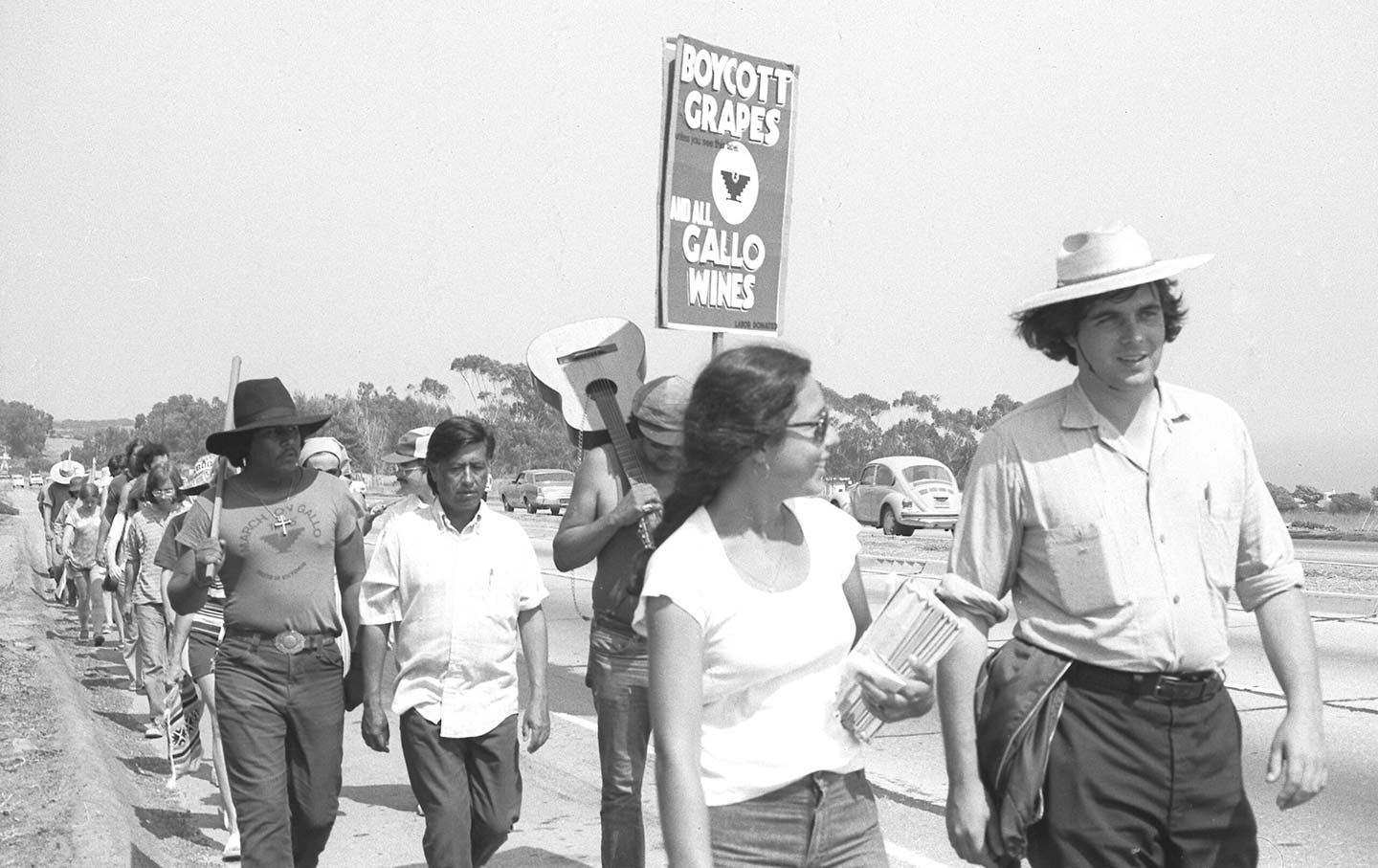
Today, Coachella is probably best known for the six-day, two-weekend music festival in which 125,000 concertgoers descend on the valley and listen to the likes of Bad Bunny, Rosalía, and Blink-182. But there has always been another Coachella. In this one, farmworkers grow and harvest citrus, dates, and table grapes, providing the labor that has driven the area’s agricultural industry to a $700 million valuation. Coachella, in fact, was where Cesar Chavez, Dolores Huerta, and a cadre of organizers founded the United Farm Workers, and it was central to the UFW’s prolonged struggle for collective-bargaining rights and farmworker justice that eventually succeeded in compelling most California table-grape growers to sign contracts with the union in 1970.
In an effort to highlight this history, a grassroots community organization, the TODEC (Training Occupational Development Educating Communities) Legal Center, has now arranged for 10 billboards to be placed along the major highways leading to the concert site at Indio’s Empire Polo Club. Featuring the image of a group of farmworkers with “The Real Coachella” emblazoned at the top, the billboards remind concertgoers of the farmworkers who live and labor in the area year-round but go largely unnoticed by the festival’s attendees, who are there for Coachella or the Stagecoach Country Music Festival that immediately follows it. The billboards also hark back to a more rebellious history of labor organizing and social justice movements in the region, when Chavez, Huerta, Philip Vera Cruz, and countless other members of the UFW brought visibility to the plight of farmworkers.
Labor historian Christian Paiz counts at least 10 books, a major motion picture, and two documentary films produced by others on the history of the United Farm Workers. Despite the copious amounts of work on the UFW, Paiz continues to unearth powerful stories to tell about the organization and the history of labor in the region. His new book, Strikers of Coachella, goes beyond the familiar names of Chavez and Huerta to challenge how scholars and the general public approach the United Farm Workers as a historical subject. Who were the Coachella workers who decided to join the UFW movement or who abstained from it? What were these farmworkers’ aspirations, and how much were they willing to risk? And what were their everyday lives like? Strikers of Coachella is a book, Paiz explains, that “aims to move in rhythm with farmworkers’ steps and gazes—to consider the weight of life lived in shaping choices, or the felt precariousness in the gamble that is to strike while poor and non-white, or the palpable quality of holding aspirations for changes that feel always impossible and yet, occasionally, possibly real.”
The United Farm Workers has been one of the most recognizable Mexican American–led labor organizations in the United States, and yet it was always more than just that: It represented a variety of different visions of self-determination and liberation. Throughout Strikers of Coachella, Paiz seeks to explain the social and political roots of these visions, reflecting on the movement’s members and their differences in ethnicity, gender, age, ideology, and activist experience. Emblematic of the union’s diversity were members like Peter Velasco and Amalia Uribe Deaztlan. Velasco migrated from the Philippines to the United States in 1930 and served in World War II before he settled in the San Joaquin Valley. After suffering years of marginalization and arduous working conditions alongside other Filipinos in the grape and vegetable fields of white ranchers, Velasco helped lead the Agricultural Workers Organizing Committee’s 1965 Delano Grape Strike. By that time, he was in his mid-50s, an adept organizer with decades of farm labor experience, but he was only, it seems, getting started. Following the merger of AWOC and the National Farm Workers Association, Velasco embraced an even larger role organizing the UFW’s Coachella Grape Strike in 1969.
Deatzlan also demonstrated the heterogeneity of the UFW. Her mother, Amalia Becerra, was an indigenous Purépecha ejidataria who gained land through Mexican President Lázaro Cárdenas’s agrarian reform program. After migrating from Michoacán to Mexicali, Baja California, in the 1950s, Deatzlan’s family eventually settled in the Coachella Valley in 1960, where her parents worked on local farms. Following years of racially segregated education, Deatzlan left school at the age of 14 and joined her parents in the fields. For the next five years, she worked with other Mexican and Mexican American farmworkers and drew inspiration from the blossoming Chicano Movement. Soon, Deatzlan became politically active herself and joined the 1969 Coachella Grape Strike that Velasco had helped organize. As the UFW movement spread throughout California in the 1960s and ’70s, it brought in a variety of members: Filipino and Mexican, old and young, men and women, residents and migrants, committed and hesitant, seasoned and newer farmworkers. The union, like many others forming at the time, could not represent just one issue or group; it had to draw new lines of solidarity that reflected the diverse backgrounds of the marginalized workers found in the Coachella Valley’s fields.
To fully understand the efforts by people like Velasco and Deatzlan to expand the lines of solidarity, Paiz explores not only the diversity of the UFW’s members but also its institutional origins. The history of the United Farm Workers, in fact, begins with two separate upstart agricultural unions. One was the Agricultural Workers Organizing Committee, which was founded by Filipino organizers and crew leaders. While Larry Itliong would become the most recognizable figure in AWOC, others like Velasco, Ben Gines, Sammy Torda, and Chris Mensalvas were also crucial to the formation of the union and the evolution of the UFW. Beginning in 1959, AWOC organized the Filipino farmworkers in the Coachella Valley, who were typically single, male migrants who spent a few months in the area harvesting crops and lived in rancher-owned camps.
Meanwhile, as AWOC was organizing these migrant laborers in the region, Chavez, Huerta, and Gilbert Padilla were busy as well. Each was Mexican American and had been trained through the Community Service Organization. In 1962, they founded the National Farm Workers Association. In the years leading up to the 1965 Delano Grape Strike, AWOC built its base around Filipino bachelor farmworkers, while the NFWA did the same but among ethnic-Mexican families. On September 8, 1965, some 1,000 Filipinos at 10 labor camps refused to board the buses that took them to the grape vineyards. AWOC convinced the NFWA’s members to strike in solidarity, further aligning these two unions. In August 1966, AWOC and the NFWA merged into the United Farm Workers, with Chavez chosen to be the president of the new organization.
The creation of the United Farm Workers was an important turning point, but it would take another four years of farmworkers’ striking in the vineyards and, perhaps most devastating, a national consumer boycott of table grapes before the ranchers signed a three-year labor contract with the UFW. As Paiz notes, the determination of the striking farmworkers, the ferocity of the Chicano Movement, the commitment of consumers to this cause, and the vigor of the civil rights era all combined into a combustible movement that “forced grape ranchers into UFW contracts” and then “precipitated a domino effect throughout agricultural California,” thereby signaling “a new era for the Coachella Valley.”
A romanticized account of the United Farm Workers would end here. Yet, as Paiz shows, the years following this momentous accomplishment are also important for understanding the history of the UFW. After the union’s 1970 contract victory, Paiz follows the story of the UFW through 1976—a period when the union made gains but also suffered some defeats. By tracking the nonlinear and often overlapping timelines of success and failure that are common to most social movements, Paiz reminds his readers that history is all too often a process of two steps forward, one step back. For example, as their initial contract was coming to an end in 1973, UFW members fought to hold on to the gains they had made, which were at risk of slipping away, and launched a new strike to force the ranchers’ hand. As Piaz writes, “They did so despite limited resources, a large strikebreaking labor reservoir, and pervasive, relentless rancher-Teamster violence”—and despite their earlier victories, the farmworkers lost.
The rancher-Teamster alliance meant that the striking California farmworkers were violently harassed. Between April and July of 1973, there were 58 reported cases of assault and battery, 37 cases of malicious mischief, and 34 cases of assault with a deadly weapon. Nearly all of these cases implicated Teamster organizers.
After a summer of struggle, the UFW’s 1973 Coachella Grape Strike was broken. Yet, despite its failure, Paiz notes, the strike led to a new wave of farmworker militancy that applied enough pressure to help bring about California’s 1975 Agricultural Labor Relations Act, which extended the 1935 National Labor Relations Act to the state’s farmworkers and codified their union rights. Although Paiz notes some of the ALRA’s limitations, he also underscores that it kept the door ajar for the UFW to prepare new offensives against the ranchers, with the pursuit of California Proposition 14 in 1976 being one example.
The voices of former farmworkers and UFW members dominate the pages of Strikers of Coachella. Paiz introduces us to individuals like Maria Serrano, who migrated from Mexico in the 1960s, was quickly disillusioned with the working conditions in California’s fields, and became a union member in 1966. Others, like Virginia Ortega, carried with her a family legacy of organizing in Mexico, which informed her critiques about the role of patriarchy in the continued exploitation of farmworkers. Joe Ceja’s father was a bracero who encouraged Joe to come back after college to serve the Coachella Valley community by reminding him to “not forget about your home.” Alfredo Figueroa was a member of the Mexican American Political Association who, along with Bernie Lozano, composed a spirited corrido titled “Cesar Chavez’s Arrival to Coachella Valley” in order to help inform farmworkers about the upcoming strike. Clementina Olloque was a teenager working in the Coachella Valley who confronted the Teamsters and county sheriffs when they tried to prevent her and her sister, Maria Marron, from entering a labor camp. Collectively, these accounts illustrate how rank-and-file members were motivated by their experiences, a shared history of struggle, and a defiant commitment to creating a better future.
By focusing on these workers, Strikers of Coachella not only tells the story of the UFW from below; the book also argues that the contributions of these rank-and-file members drove the success of the union. Precisely because Paiz is critical of accounts that focus on the UFW’s leadership alone, he also cautions readers against reducing the decline of the movement solely to poor strategic decisions by Chavez and others leading the union. Rather, Paiz argues that there were larger structural reasons for the UFW’s decline. As happened with nearly every union and progressive movement during this period, the combination of reactionary politics and neoliberal economic policies devastated the UFW. The problems that the union faced were similar to those of its peers: dwindling dues and funds, economic recessions, disgruntled workers, social-movement fatigue, and an overall right-wing political environment.
Thus, if a reader comes to Strikers of Coachella in search of a road map for the still-ongoing farmworker justice movement, that reader will be disappointed. Paiz is up-front about not attempting to offer one, noting that no matter how powerful the UFW’s history is, it cannot necessarily serve as a guide for the future. But this is because he has a different set of ambitions for the book: He is trying to recover the farmworkers’ stories, their practices of solidarity, and their experiences as rank-and-filers during the ups and downs of the UFW movement.
Eduardo Galeano once told a story about the Argentine filmmaker Fernando Birri, who was asked by a student, “What is the point of utopia?” Birri replied, “Utopia is on the horizon. I move two steps closer; it moves two steps further away. I walk another 10 steps and the horizon runs 10 steps further away. As much as I may walk, I’ll never reach it. So, what’s the point of utopia? The point is this: to keep walking.” Ultimately, this is what Paiz reminds us as well: We need to keep walking.
Popular
“swipe left below to view more authors”Swipe →We cannot back down
We now confront a second Trump presidency.
There’s not a moment to lose. We must harness our fears, our grief, and yes, our anger, to resist the dangerous policies Donald Trump will unleash on our country. We rededicate ourselves to our role as journalists and writers of principle and conscience.
Today, we also steel ourselves for the fight ahead. It will demand a fearless spirit, an informed mind, wise analysis, and humane resistance. We face the enactment of Project 2025, a far-right supreme court, political authoritarianism, increasing inequality and record homelessness, a looming climate crisis, and conflicts abroad. The Nation will expose and propose, nurture investigative reporting, and stand together as a community to keep hope and possibility alive. The Nation’s work will continue—as it has in good and not-so-good times—to develop alternative ideas and visions, to deepen our mission of truth-telling and deep reporting, and to further solidarity in a nation divided.
Armed with a remarkable 160 years of bold, independent journalism, our mandate today remains the same as when abolitionists first founded The Nation—to uphold the principles of democracy and freedom, serve as a beacon through the darkest days of resistance, and to envision and struggle for a brighter future.
The day is dark, the forces arrayed are tenacious, but as the late Nation editorial board member Toni Morrison wrote “No! This is precisely the time when artists go to work. There is no time for despair, no place for self-pity, no need for silence, no room for fear. We speak, we write, we do language. That is how civilizations heal.”
I urge you to stand with The Nation and donate today.
Onwards,
Katrina vanden Heuvel
Editorial Director and Publisher, The Nation
More from The Nation
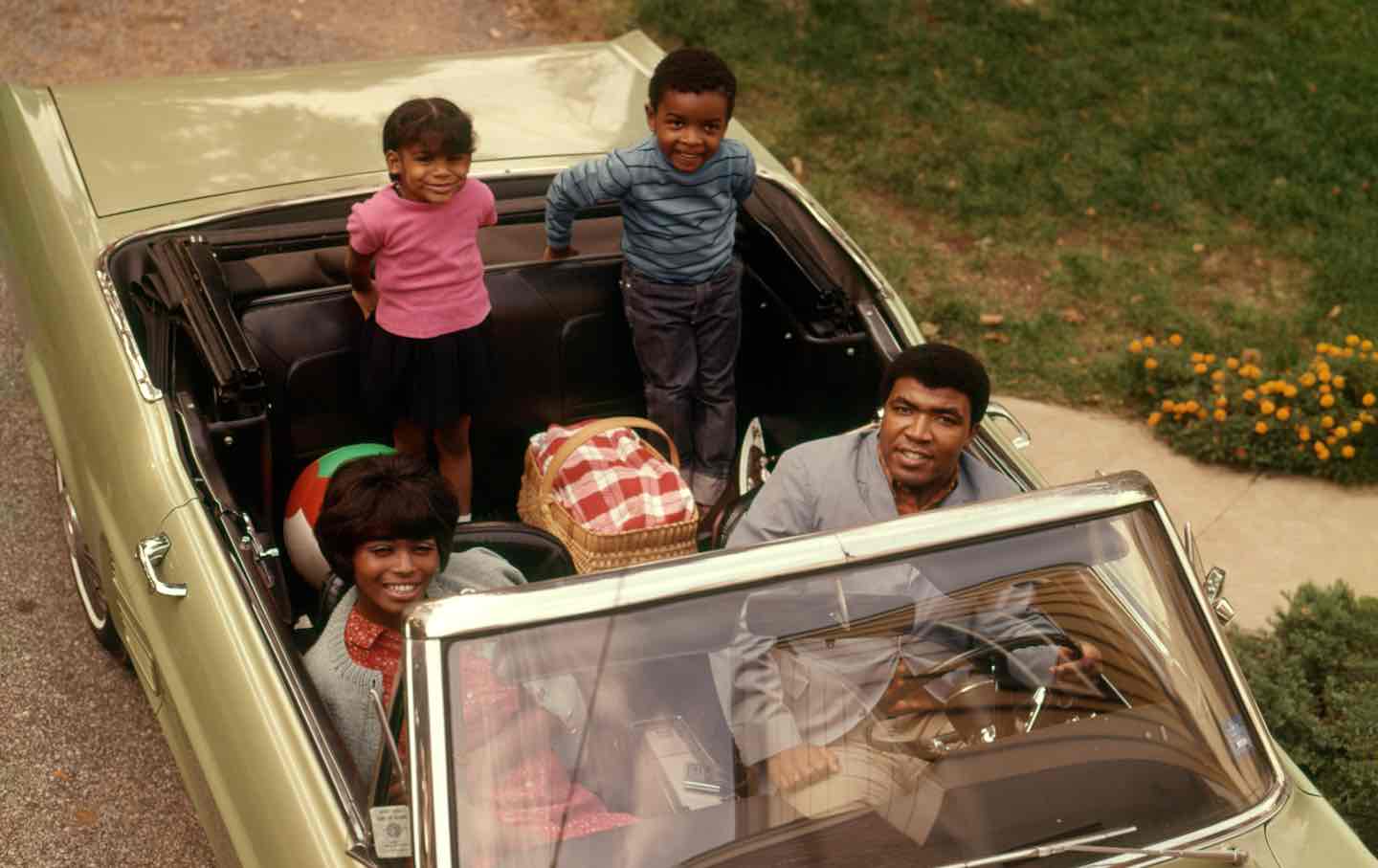
The Perils of a Post-Racial Utopia The Perils of a Post-Racial Utopia
In Nicola Yoon’s One of Our Kind, a dystopian novel of a Black upper-class suburb’s secrets, she examines the dangers of choosing exceptionalism over equality.
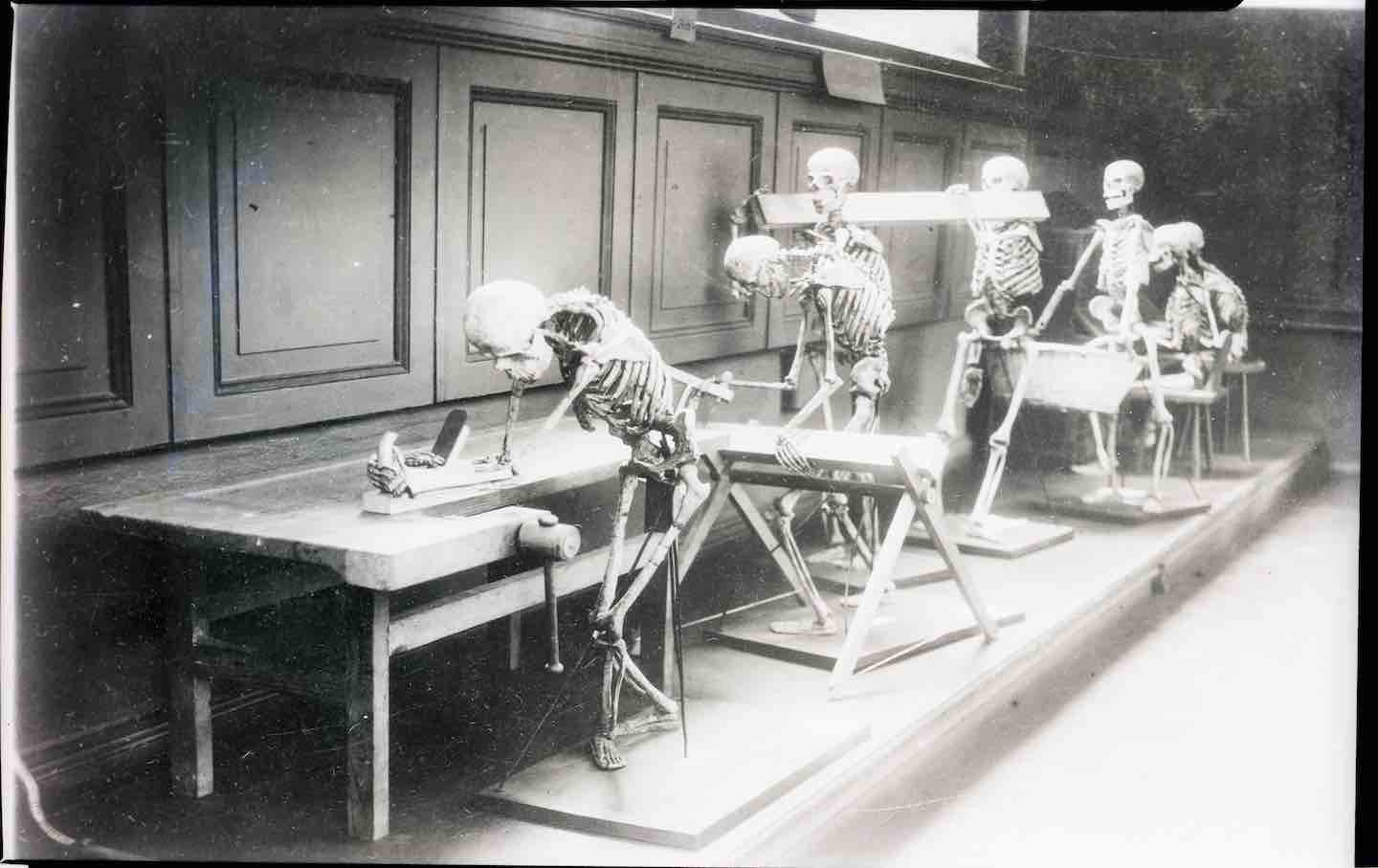
Why Americans Are Obsessed With Poor Posture Why Americans Are Obsessed With Poor Posture
A recent history of the 20th-century movement to fix slouching questions the moral and political dimensions of addressing bad backs over wider public health concerns.
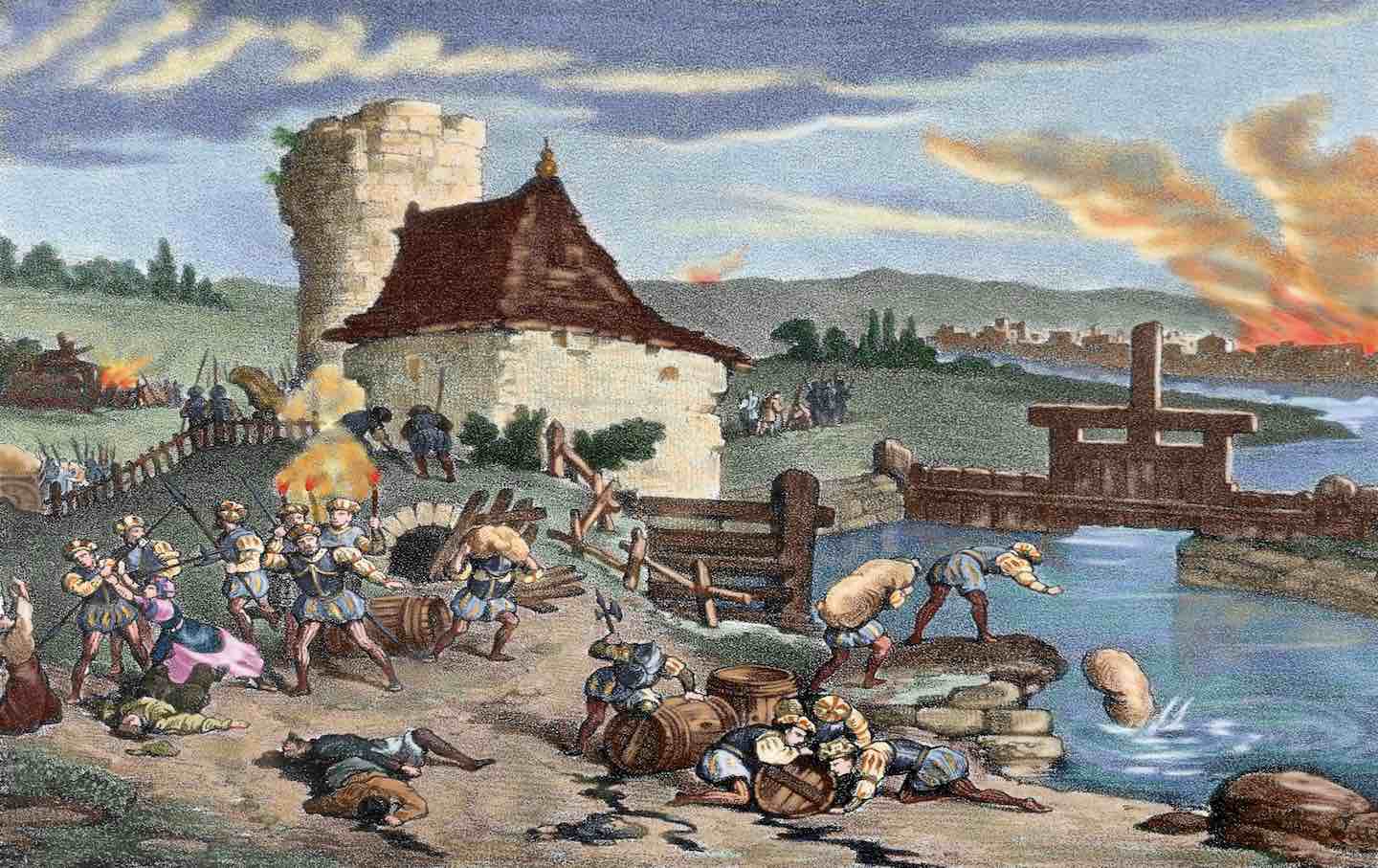
Thomas Müntzer’s Misunderstood Revolution Thomas Müntzer’s Misunderstood Revolution
A recent biography of the German preacher and leader of the Peasants’s War examines what remains radical about the short-lived rebellion he led.

Is It Possible to Suspend Disbelief at Ayad Akhtar’s AI Play? Is It Possible to Suspend Disbelief at Ayad Akhtar’s AI Play?
The Robert Downey Jr.–starring McNeal, which was possibly cowritten with the help of AI, is a showcase for the new technology’s mediocrity.
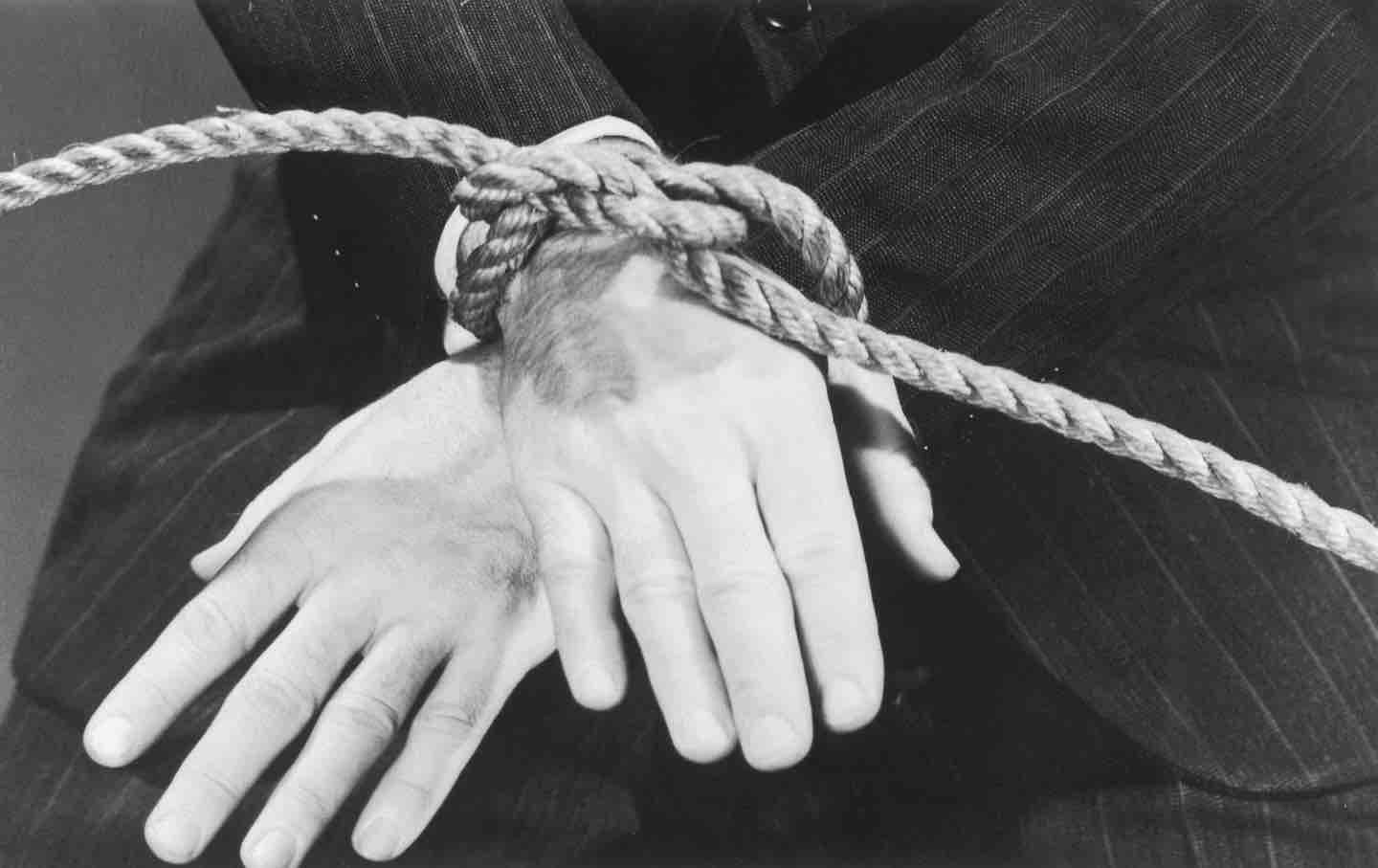
Possibility, Force, and BDSM: A Conversation With Chris Kraus and Anna Poletti Possibility, Force, and BDSM: A Conversation With Chris Kraus and Anna Poletti
The two writers discuss the challenges of writing about sex, loneliness, and the new ways novels can tackle BDSM.

Lore Segal’s Stubborn Optimism Lore Segal’s Stubborn Optimism
In her life and work, she moved through the world with a disarming blend of youthful curiosity and daring intelligence.


